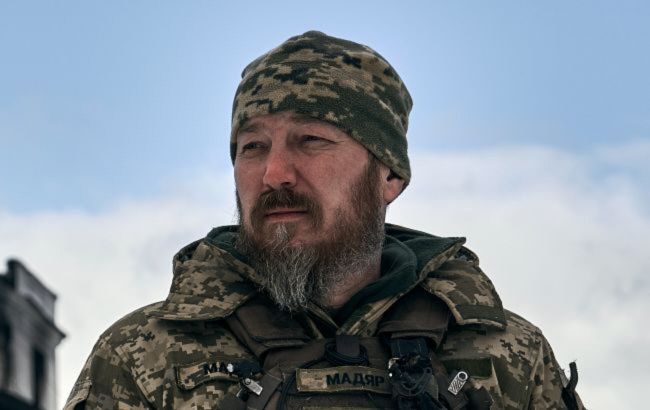100 days to reform: Commander of Unmanned Systems Forces launches sweeping overhaul in Ukraine
 Photo: Drone Forces Commander Robert Brovdi (magyarbirds.army)
Photo: Drone Forces Commander Robert Brovdi (magyarbirds.army)
The Commander of the Ukrainian Armed Forces’ Unmanned Systems Forces, known by the call sign Madyar, has announced a sweeping reform initiative to be carried out over the next 100 days in office. His goal is to secure technological superiority on the battlefield and improve the overall effectiveness of the Drone Forces, according to the channel of Robert Brovdi, Commander of the Unmanned Systems Forces of the Armed Forces of Ukraine.
The new commander of Ukraine’s Drone Forces, known by the call sign Madyar, has unveiled a 100-day plan to transform the service. His focus: structure, transparency, and the relentless destruction of Russian forces.
Robert Brovdi, also known as Madyar, outlined his top priorities for the first 100 days in the role.
Implementation of experience: 'No reinventing wheel - only what’s proven'
According to Madyar, the main task is to apply all the experience already gained within a new system.
All drone force units operating on the front will transition to a unified electronic platform for real-time operations management and reporting. This system is expected to become fully operational in June-July 2025, enabling the planning of missions, result tracking, and coordination in real time.
Transparency over talk
Madyar set a strict KPI: within the next few months, 6-7 Drone Force units must rank in the top 10 most effective according to official Armed Forces statistics. The principle is simple: either you fight, or you self-destruct with content creation.
12 layers of impact - New tactic for defeating Russian forces
Drawing on the experience of the 414th Brigade, the entire drone line will cover 12 mutually reinforcing layers of tactical and operational depth.
This includes electronic warfare (EW), electronic intelligence (ELINT), anti-drone systems, remote mining, mobile radar stations, drone interceptors - alongside simultaneous crew training and supply of all necessary components.
Ammunition based on mission needs, not leftovers
The goal is the domestic production of munitions and their timely delivery to drone pilots. Ground-based robotic systems (GRS) will play a key role in delivering drones, chargers, peripheral devices, and warheads to the front lines.
To support this, a centralized warehouse will store 50 critical components, such as Starlink terminals, FPV parts, mobile EW systems, pickups, power banks, and batteries.
Personnel audit and centralized training: only ready pilots
Special attention is being given to retraining drone crews. A national network of training schools is being created, covering FPV, EW, ELINT, bomber drones, fixed-wing platforms, drone interceptors, and GRS operations.
Every service member must either become an effective pilot or part of the logistical and technological chain. Otherwise, they will be reassigned - or let go.
Strategic depth, R&D, and silence where needed
Details on deep-range drones remain classified: "Priorities have been communicated to those who need to know." However, there are plans to scale the Innovation and Development Center from a brigade-level unit to an institutional one. Fifteen new tech models are currently in development.
The former commander, Vadym Sukharevskyi, earlier explained the reasons for his resignation, shedding light on internal dynamics and future plans for the development of the drone branch.

